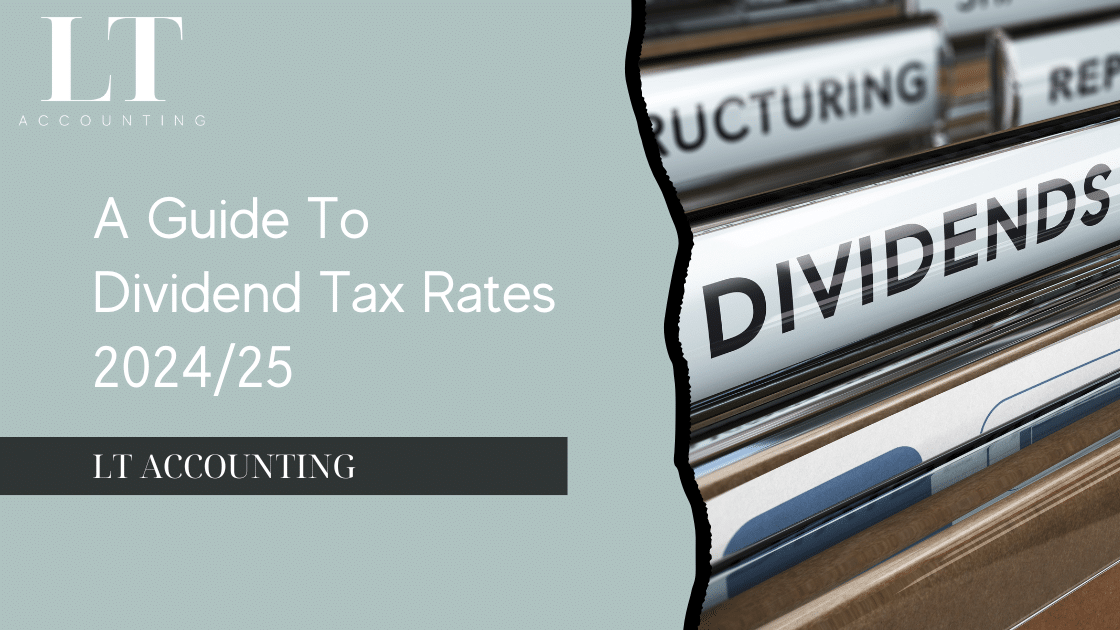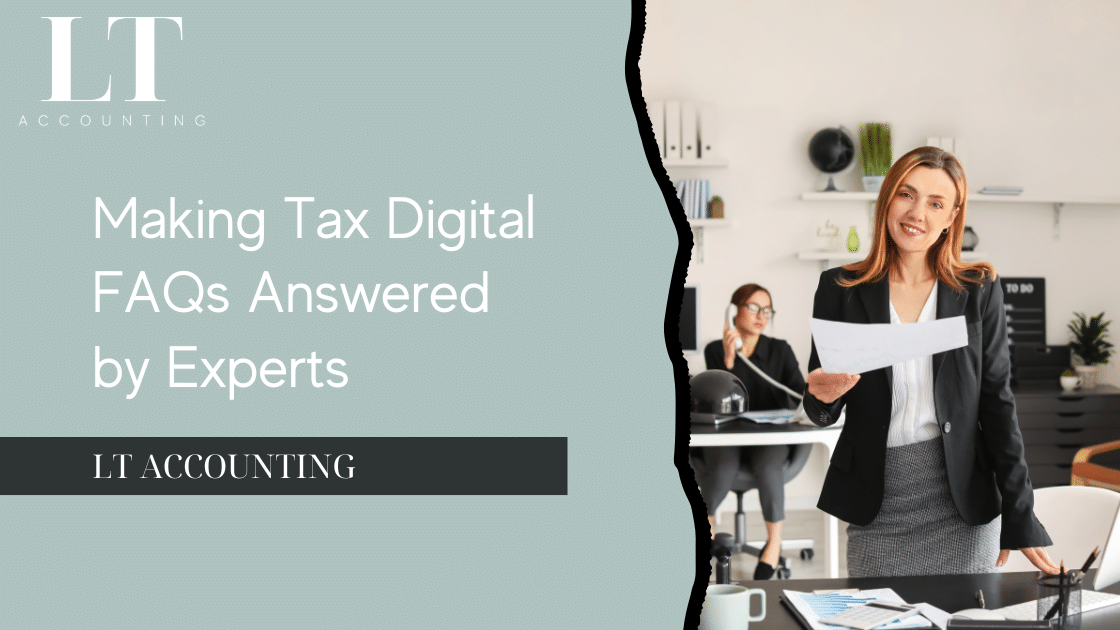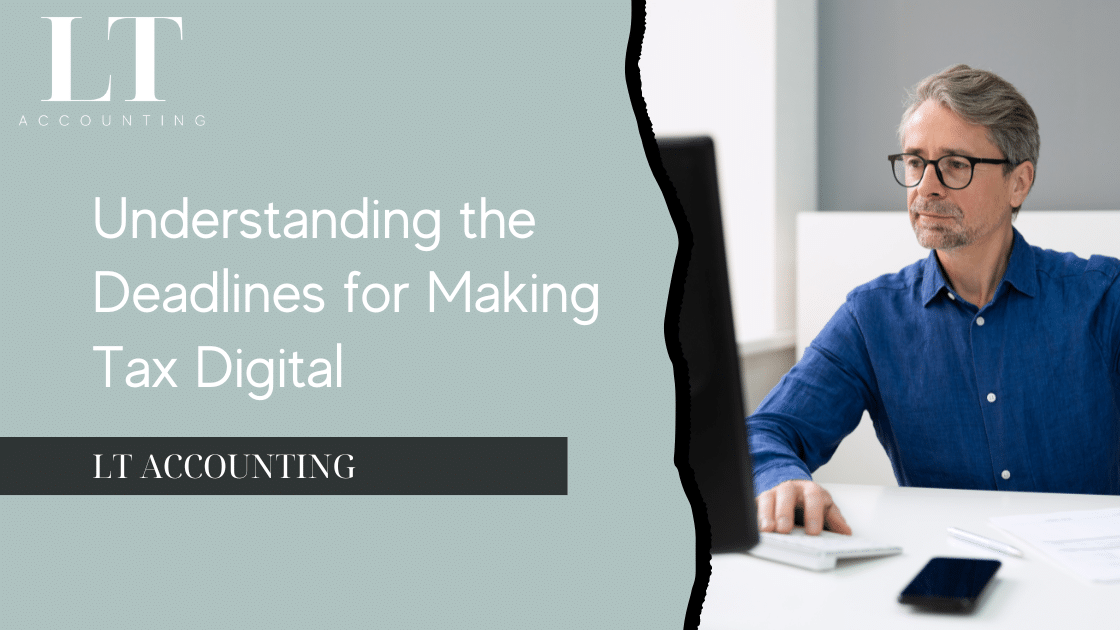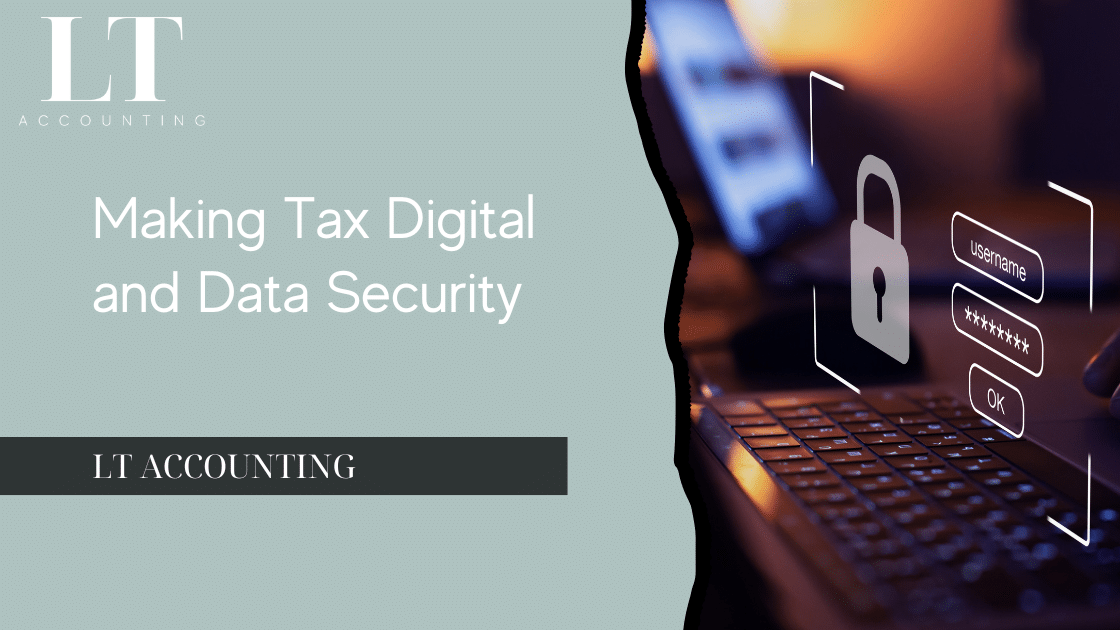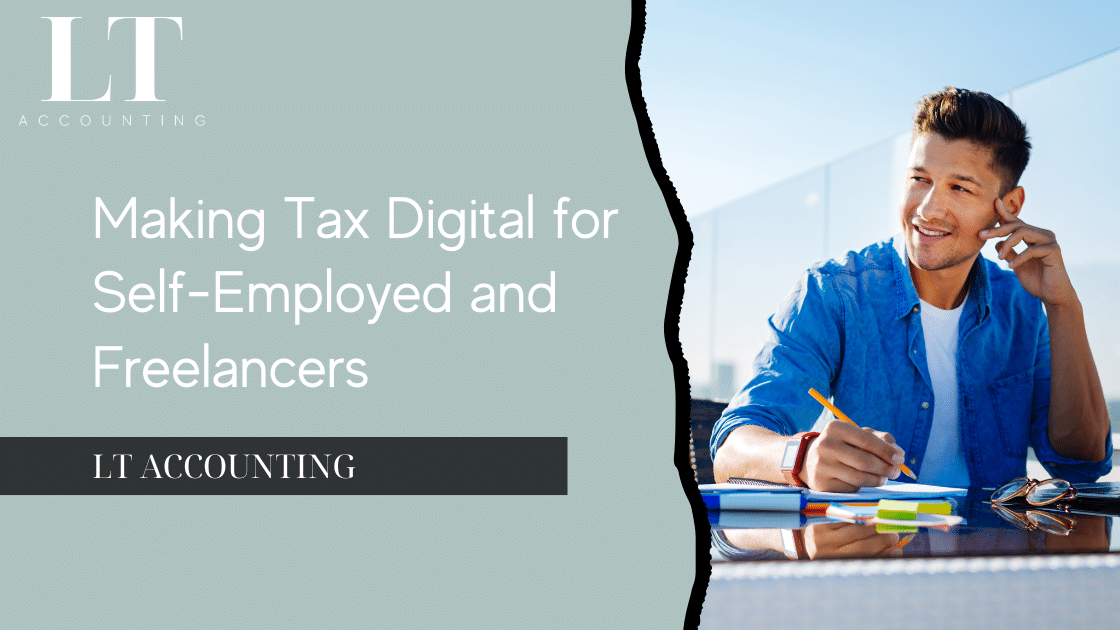Receiving dividends is a common way to earn income, but it comes with tax obligations. The dividend tax rates 2024/25 is distinct from income tax rates on other types of earnings, which can sometimes create confusion.
This guide aims to clarify how dividends work and what you need to know about reporting and paying dividend tax, as well as the available tax-free allowances.
What is a Dividend?
Dividends are payments made by a limited company to its shareholders from the profits remaining after paying Corporation Tax. The total dividends paid out cannot exceed the company’s profits from the current or previous financial year.
Unlike salaries, dividends are not subject to National Insurance, and the tax rate on them is generally lower, making dividends a tax-efficient way to extract money from a limited company.
Who Can Receive a Dividend Payment?
Typically, anyone who owns shares in a company (a shareholder) is entitled to receive a dividend payment in proportion to the number and type of shares they hold. Shareholders can be investors, employees, directors, or relatives. While being a shareholder doesn’t necessarily mean being a director, it is common, especially in smaller businesses, for someone to be both.
How Much Tax Will I Pay on My Dividends?
The tax you pay on dividends depends on your total income and the amount of that income from dividends. Fortunately, you don’t have to pay National Insurance on dividend income. This tax efficiency is why many directors who are also shareholders opt to pay themselves a combination of salary and dividends.
What Tax-Free Allowances Can I Use Against Dividends?
There are tax-free allowances that can help reduce the amount of dividend tax you need to pay. These include the Personal Allowance and a separate Dividend Allowance.
The 2024/25 Tax-Free Personal Allowance
The personal tax allowance is the amount of income you can earn in a tax year before you start paying income tax. For the 2024/25 tax year, the Personal Allowance is £12,570. This allowance applies to your total income, including dividends. For instance, if your only income is a £10,000 dividend, you won’t pay any tax on it due to the Personal Allowance, and you also avoid National Insurance on dividends.
How Much is the 2024/25 Dividend Allowance?
The Dividend Allowance is the amount of dividend income you can receive tax-free each year. It is separate from the Personal Allowance. For the 2024/25 tax year, the Dividend Allowance is £500. This is a reduction from the £1,000 tax-free allowance available in the 2023/24 tax year. You can use both the Personal Allowance and the Dividend Allowance, so there’s no tax on dividends up to the combined allowance thresholds, regardless of other income.
Using the Tax-Free Personal Allowance and the Dividend Allowance
Example 1
Your only income in the 2024/25 tax year is a £13,070 dividend payment. You can use the entire Personal Allowance (£12,570) and then your Dividend Allowance (£500) against the remaining amount, meaning you won’t pay tax on this income.
Example 2
You earn a £10,000 salary and take a £5,000 dividend in the 2024/25 tax year. The salary uses part of your Personal Allowance, leaving £2,570 unused. You can apply this remaining Personal Allowance to your dividend, leaving £2,430. After using the £500 Dividend Allowance, £1,930 of the dividend is subject to tax.
How Much is the Dividend Tax Rates 2024/25?
The dividend tax rate depends on the tax band you fall into after adding your total dividend income to other income. Since tax is calculated in marginal bands, you might pay different rates for different portions of your income.
| Income Range | Tax Band | Dividend Tax Rate |
|---|---|---|
| Up to £50,270 | Basic Rate | 8.75% |
| £50,271 to £150,000 | Higher Rate | 33.75% |
| Over £150,000 | Additional Rate | 39.35% |
When and How Do I Pay Myself Dividends?
Dividends can be paid as frequently as desired, but it is crucial to follow regulations. Most companies pay dividends quarterly, though some opt for bi-annual or annual payments. A directors’ meeting must be held to declare the dividends, even if you are the sole director. Each declared dividend requires a dividend voucher showing the date, company name, shareholder’s name, and dividend amount.
How and When Do I Pay Dividend Tax?
Tax on salary income is collected through payroll. For dividends, you declare and pay tax by submitting a Self-Assessment tax return.
Is It Better to Take a Salary or Pay Myself in Dividends?
For directors who are also shareholders, a tax-efficient way of earning income may be to combine salary and dividends. Directors are not subject to minimum wage laws, so you can choose your salary amount. A common strategy is to pay a salary up to the National Insurance threshold and take the remainder as dividends.

